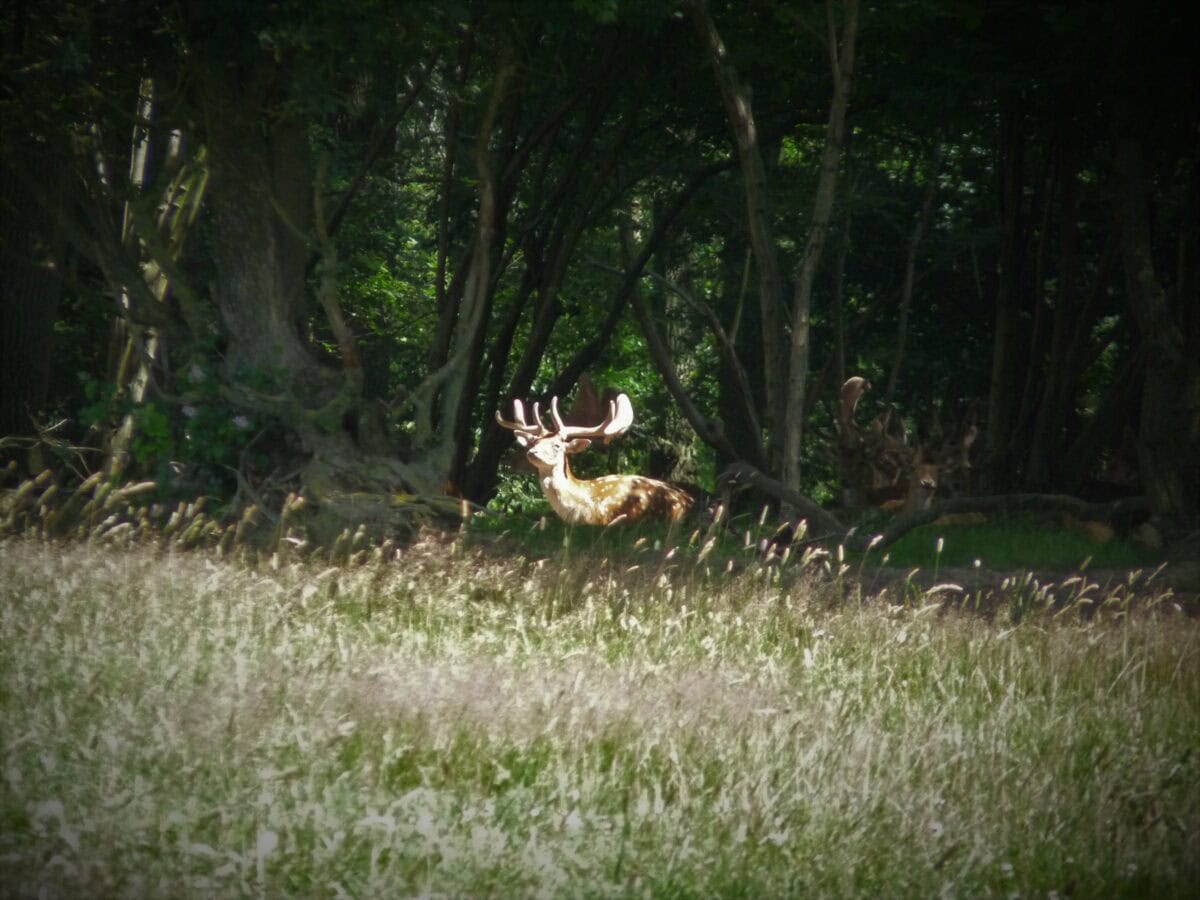As we approach 2025, the global conservation landscape is rapidly evolving, with species rewilding emerging as one of the most promising approaches to restoring ecological balance. Rewilding, the reintroduction of animal and plant species to habitats where they’ve previously been extirpated, represents a paradigm shift in conservation philosophy. Moving beyond simply protecting what remains, rewilding actively works to restore ecosystems to their former functionality. With biodiversity loss accelerating at unprecedented rates, climate change intensifying, and ecosystems under immense pressure, rewilding offers a beacon of hope. This article explores why species rewilding deserves your attention and support in 2025, from its ecological benefits to its potential to transform our relationship with the natural world.
The Biodiversity Crisis Demands Bold Action

The facts are sobering: we’re in the midst of the sixth mass extinction event in Earth’s history, with species disappearing at 100 to 1,000 times the natural background rate. According to the Intergovernmental Science-Policy Platform on Biodiversity and Ecosystem Services (IPBES), approximately one million animal and plant species currently face extinction. By 2025, without significant intervention, dozens more species will likely vanish forever. This biodiversity crisis isn’t merely about losing charismatic species; it represents the unraveling of complex ecological networks that took millions of years to develop. Rewilding offers a proactive approach to stemming this tide by restoring keystone species and ecological processes, offering ecosystems a chance to rebuild resilience against mounting pressures. As we enter 2025, understanding and supporting rewilding efforts becomes not just an environmental concern but an existential imperative for maintaining the planetary systems upon which we depend.
Rewilding Creates Resilient Ecosystems

Ecosystem resilience—the ability of natural systems to absorb disturbances while maintaining essential functions—will be increasingly crucial as climate change accelerates in 2025. Rewilding significantly enhances this resilience by restoring ecological complexity and natural processes. When keystone species return to ecosystems, they help regulate populations of other organisms, modify habitats, and restore nutrient cycles. Research from rewilding projects across the globe demonstrates that ecosystems with complete trophic webs (food chains) and natural disturbance regimes withstand extreme weather events and disease outbreaks more effectively. For instance, the reintroduction of wolves to Yellowstone National Park created cascading benefits throughout the ecosystem, from river system stabilization to increased biodiversity. As 2025 approaches with predictions of more extreme climate events, investing in rewilding represents an investment in ecological insurance policies that buffer natural systems against unpredictable changes, ultimately protecting the ecosystem services humans rely upon.
The Carbon Sequestration Potential
With global carbon emissions continuing to rise despite international agreements, naturalistic solutions to climate change are gaining prominence. Rewilding offers significant carbon sequestration benefits that will be increasingly valuable in 2025’s climate context. Intact, functioning ecosystems sequester carbon more effectively than degraded landscapes. For example, rewilding projects that restore predator-prey relationships often lead to landscape-scale vegetation changes that increase carbon storage. The reintroduction of large herbivores can prevent forest encroachment on grasslands (which can actually increase carbon storage in some ecosystems), while marine rewilding can revitalize carbon-rich seagrass beds and kelp forests. The Rewilding Britain organization estimates that restoring and rewilding 30% of Britain alone could sequester 194 million tonnes of CO2 annually—equivalent to 10% of the UK’s emissions. As nations struggle to meet increasingly urgent climate targets in 2025, rewilding represents a nature-based solution that addresses both biodiversity and climate crises simultaneously, offering multifaceted returns on conservation investments.
Trophic Cascades: The Ripple Effects of Rewilding
Among rewilding’s most fascinating aspects are trophic cascades—ecological chain reactions triggered by introducing or removing species at the top of food webs. These cascade effects will continue revealing new ecological insights throughout 2025 as ongoing rewilding projects mature. When top predators or large herbivores return to ecosystems, their influence extends far beyond direct predator-prey relationships. The reintroduction of sea otters to Pacific coastal waters demonstrates this principle perfectly: by controlling sea urchin populations, otters allow kelp forests to flourish, creating habitat for countless marine species while sequestering carbon and reducing coastal erosion. Similarly, beaver reintroductions across Europe and North America are transforming landscapes, creating wetland mosaics that increase biodiversity, improve water quality, and reduce flooding. By 2025, maturing rewilding initiatives will provide even stronger evidence of these cascading benefits, highlighting how the strategic reintroduction of single species can catalyze system-wide regeneration, often solving multiple environmental challenges simultaneously through natural processes rather than technological interventions.
Rewilding as Economic Opportunity
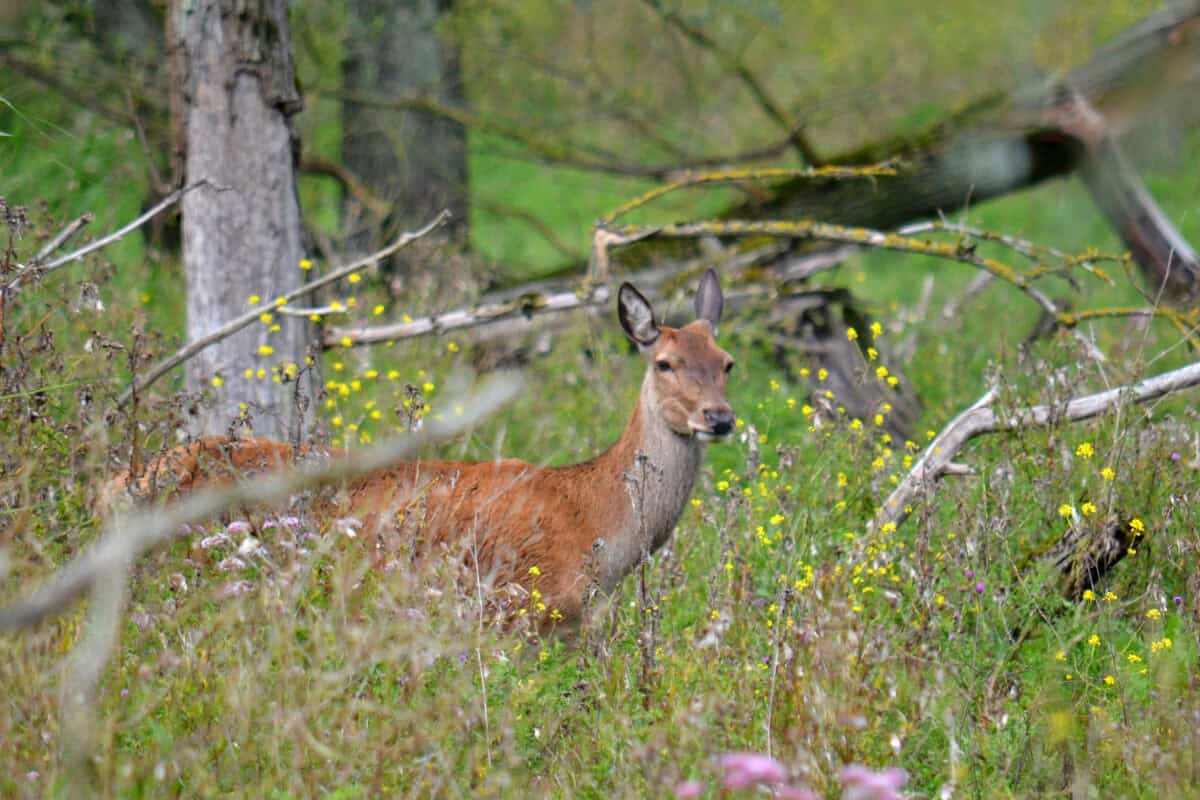
Contrary to the misconception that conservation hinders economic development, rewilding projects are increasingly demonstrating substantial economic benefits that will become more apparent by 2025. Nature-based tourism associated with rewilding initiatives already generates significant revenue in regions like the Carpathian Mountains, where wolf and bear watching attracts international visitors. The European Safari Company reports that wildlife tourism in rewilded areas generates up to five times more revenue than traditional land uses in some regions. Beyond tourism, rewilding creates diverse job opportunities in conservation, monitoring, education, and ecosystem services management. Economic analyses predict that by 2025, the restoration economy will expand significantly, with rewilding projects creating economic resilience in rural areas previously dependent on declining industries like intensive agriculture or extractive practices. Additionally, the ecosystem services provided by rewilded landscapes—flood mitigation, clean water, pollination, and carbon sequestration—represent economic values that, while often overlooked in traditional accounting, will increasingly factor into economic decision-making as natural capital accounting gains mainstream adoption in 2025.
2025’s Milestone Rewilding Projects
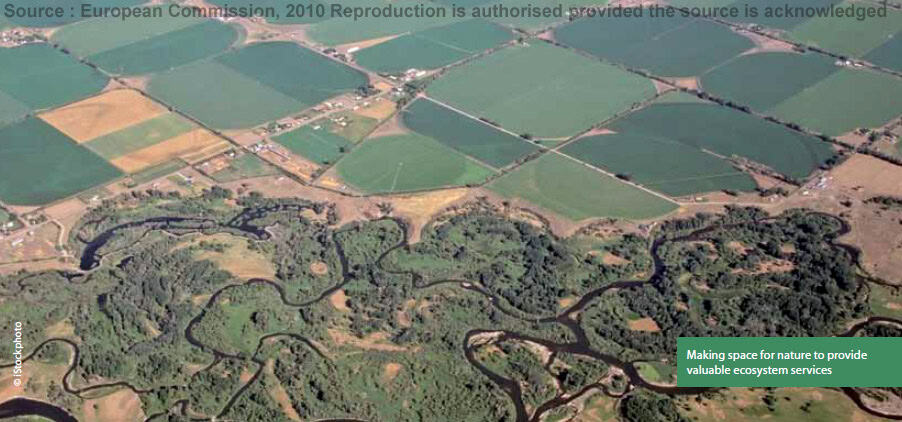
Several landmark rewilding initiatives will reach critical milestones in 2025, making it an exceptional year for conservation progress. The European Green Deal’s biodiversity strategy, which includes ambitious rewilding components, will undergo its mid-term review, providing concrete data on the restoration of large-scale wildlife corridors across the continent. In North America, the American Prairie Reserve is projected to secure additional crucial habitat connections by 2025, advancing its goal of creating the largest wildlife reserve in the continental United States. Australia’s ambitious project to reintroduce Tasmanian devils to mainland habitats will provide vital information about predator reintroductions in ecosystems that have long lacked top predators. The African-led Great Green Wall initiative, which incorporates rewilding principles across the Sahel, will reach a critical implementation phase. Marine rewilding will see significant advances through projects like seagrass restoration in the Mediterranean and shellfish reef reconstruction along Atlantic coastlines. These initiatives represent not just conservation victories but living laboratories generating invaluable ecological knowledge about restoration techniques and timeframes, making 2025 a pivotal year for understanding rewilding’s practical applications and limitations.
Rewilding and Indigenous Knowledge

In 2025, the integration of Indigenous ecological knowledge with scientific approaches to rewilding will reach new levels of recognition and implementation. Indigenous communities worldwide have maintained relationships with keystone species and ecological processes that Western science is only beginning to understand. Many successful rewilding projects already draw heavily on this knowledge—from fire management techniques in Australia to predator-prey relationship understanding in North America. By 2025, formal partnerships between conservation organizations and Indigenous communities will become standard practice in rewilding initiatives, acknowledging that cultural and biological diversity are interdependent. The United Nations’ post-2020 biodiversity framework explicitly recognizes Indigenous peoples’ rights and knowledge, creating institutional support for this integration. This collaborative approach not only improves conservation outcomes but also addresses historical injustices by recognizing Indigenous peoples as environmental stewards rather than excluding them from their traditional lands in the name of conservation. The resulting “biocultural” rewilding approach promises more sustainable, socially just, and effective ecological restoration as we move through 2025 and beyond.
Public Perception and Coexistence Challenges
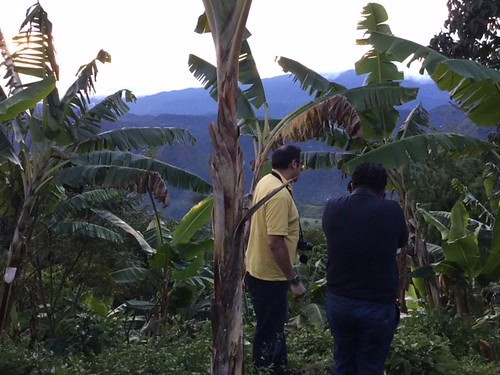
As rewilding initiatives expand in 2025, the question of human-wildlife coexistence will move to the forefront of public debate. Successful rewilding requires not just biological understanding but social acceptance—particularly when it involves predator reintroductions or species perceived as dangerous or damaging to human interests. Research shows that public attitudes toward rewilding are complex and often divided along urban-rural lines, with rural residents generally showing more concern about potential conflicts. By 2025, innovative coexistence strategies will be critical to rewilding success, including compensation schemes for livestock losses, improved predator-proof fencing technologies, and early warning systems for wildlife movements. Educational initiatives focusing on the benefits of rewilded landscapes will expand, with particular emphasis on ecosystem services like flood protection and clean water that directly benefit human communities. The “land sharing” approach—integrating conservation with human activities rather than separating them—will gain prominence as demographically dense regions like Europe demonstrate that humans and wild nature can thrive together. The lessons learned from these coexistence experiments in 2025 will shape the future of conservation in increasingly human-dominated landscapes worldwide.
Technological Innovations in Rewilding

By 2025, technological advancements will significantly enhance rewilding efforts, making them more precise, measurable, and adaptable. Satellite monitoring combined with artificial intelligence will enable real-time tracking of ecosystem changes at unprecedented scales, allowing conservationists to identify beneficial cascade effects and potential issues quickly. Environmental DNA (eDNA) sampling technologies will become more sophisticated, enabling researchers to detect species presence and monitor biodiversity changes without direct observation. Wildlife corridors will benefit from innovative designs incorporating sound barriers, light pollution mitigation, and specialized crossings that facilitate animal movement across human infrastructure. Reproductive technologies like assisted breeding and even de-extinction techniques will advance, with some projects moving from theoretical to applied stages. Importantly, these technologies will increasingly be deployed by local communities through citizen science initiatives, democratizing monitoring and creating broader engagement with rewilding projects. While technology alone cannot solve ecological challenges, by 2025 it will provide invaluable tools that expand rewilding’s scope, precision, and public accessibility, complementing rather than replacing the fundamental ecological processes that drive successful restoration.
Rewilding and Pandemic Prevention

In the wake of COVID-19, the connection between environmental health and human health has gained unprecedented recognition—a link that will be even more apparent by 2025. Research increasingly demonstrates that intact, diverse ecosystems with functioning predator-prey relationships reduce the risk of zoonotic disease spillover to humans. This occurs through multiple mechanisms: healthy ecosystems maintain natural host-pathogen relationships that limit virulence; diverse communities create dilution effects for disease transmission; and intact habitats reduce contact between wildlife and humans or livestock. A 2021 study in the journal Nature calculated that the cost of preventing deforestation and regulating wildlife trade—key components of many rewilding strategies—is just 2% of the economic and mortality costs of a pandemic. By 2025, with global health security remaining a priority, rewilding will increasingly be recognized not just as conservation but as preventative public health investment. Health organizations and conservation groups will forge stronger partnerships, recognizing that ecosystem restoration through rewilding serves the dual purpose of preserving biodiversity and creating ecological barriers against the emergence and spread of novel diseases that threaten human populations.
Legal Frameworks and Policy Support
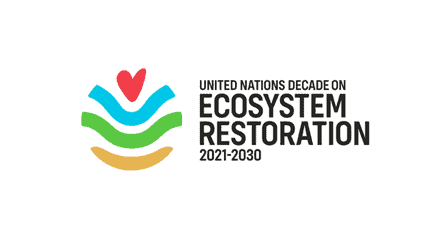
The legal and policy landscape for rewilding will undergo significant transformation by 2025, creating more supportive conditions for ambitious restoration projects. The UN Decade on Ecosystem Restoration (2021-2030) will reach its midpoint, with many nations implementing legislation to meet their restoration commitments. The European Union’s Nature Restoration Law, if fully implemented as proposed, will establish legally binding targets for rewilding degraded ecosystems across member states. In the United States, the America the Beautiful initiative (30×30) will advance toward its goal of conserving 30% of lands and waters by 2030, with rewilding as a key strategy. International frameworks like the Convention on Biological Diversity’s post-2020 framework will increasingly recognize connectivity between protected areas—essential for successful rewilding—as a conservation priority. Carbon markets will evolve to better value the carbon sequestration benefits of rewilding projects, creating financial mechanisms to support restoration efforts. These policy developments will create unprecedented institutional support for rewilding by 2025, moving it from the margins of conservation practice to a mainstream approach backed by legal frameworks, funding mechanisms, and international agreements that recognize nature restoration as essential to meeting interconnected climate, biodiversity, and sustainable development goals.
Personal Connections and Local Rewilding

Rewilding isn’t limited to vast wilderness areas—by 2025, opportunities for personal engagement with rewilding principles will multiply through urban and community-based initiatives. Urban rewilding projects—from restoring native vegetation in city parks to creating wildlife corridors along railway lines and waterways—will increase in number and scale, bringing biodiversity and natural processes closer to where most people live. Community-managed rewilding projects on smaller scales will demonstrate that even modest interventions can yield significant ecological benefits when strategically implemented. Participation opportunities through citizen science, volunteer restoration work, and community monitoring programs will expand, offering direct engagement with rewilding principles regardless of location or expertise. Educational institutions will increasingly incorporate rewilding concepts into curricula, fostering ecological literacy among younger generations. These accessible entry points to rewilding are particularly important because they create personal connections to abstract conservation concepts, transforming theoretical support into practical action. By 2025, this democratization of rewilding will help shift public perception from viewing it as a distant, expert-driven activity to seeing it as a movement that anyone can contribute to—whether through supporting keystone species reintroductions in national parks or creating microhabitats that support pollinators in urban gardens.
As we navigate the environmental challenges of 2025, rewilding stands out as one of the most hopeful and effective approaches to ecological restoration, offering tangible solutions to seemingly intractable problems of biodiversity loss and climate change. Your engagement with rewilding—whether through political support, financial contributions, volunteer participation, or simply learning more about these initiatives—directly contributes to building momentum for this vital conservation strategy at a crucial time. The decisions made about ecosystem restoration in 2025 will reverberate through decades to come, potentially determining whether countless species survive and whether critical ecological functions recover or collapse. Unlike many environmental challenges that seem overwhelming in their scope, rewilding offers concrete examples of positive change occurring within human timeframes, providing much-needed inspiration in an era often dominated by ecological pessimism. By caring about and supporting rewilding in 2025, you’re not just advocating for the return of particular species; you’re helping to create a future where humans and nature thrive together through mutual restoration—perhaps the most important relationship we can rebuild in our time.
- What Happens to Stranded Pets When Disaster Strikes? - August 25, 2025
- The Animal With the Most Teeth - August 25, 2025
- 15 Weird Things Your Dog Actually Understands - August 25, 2025

